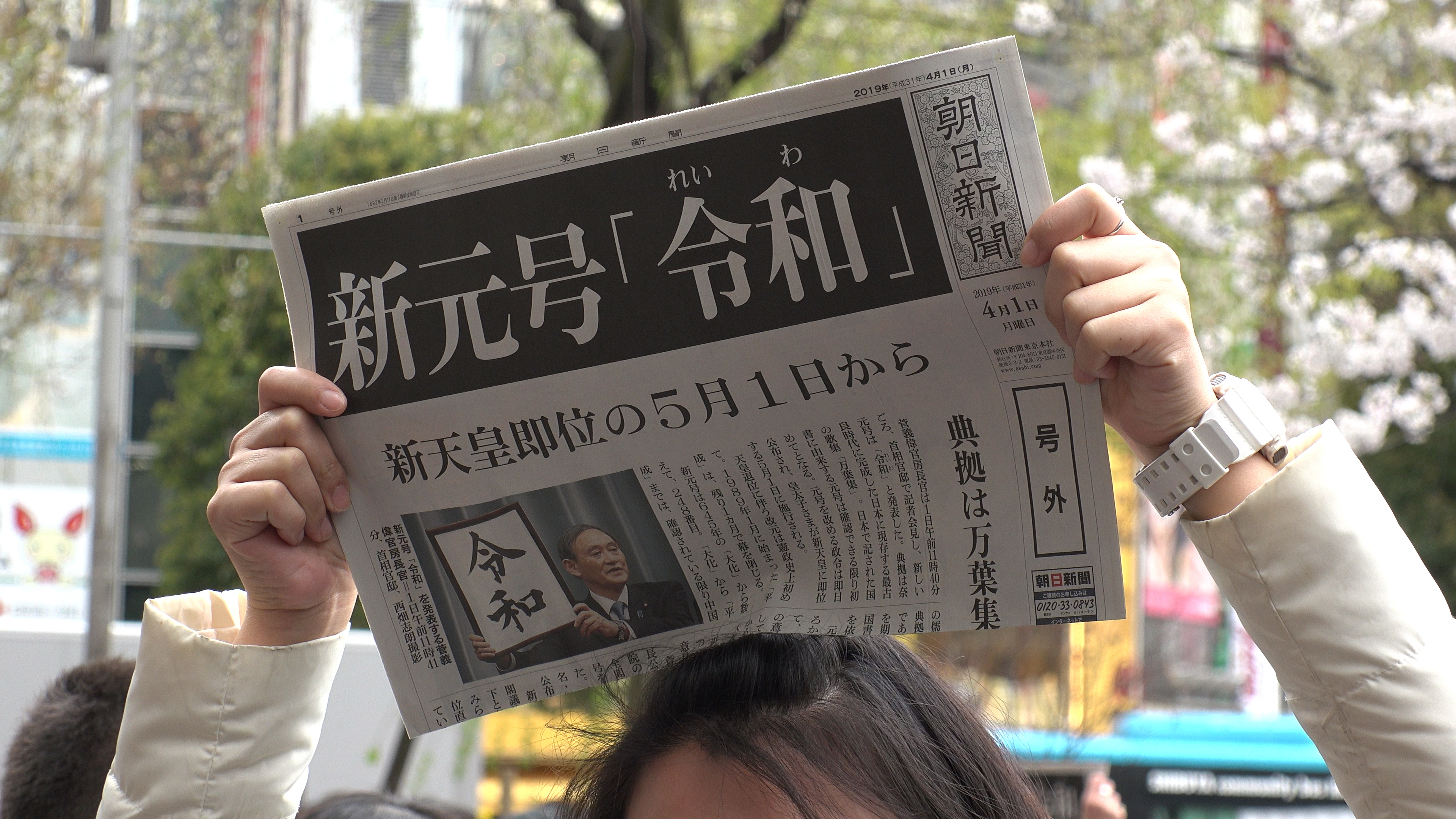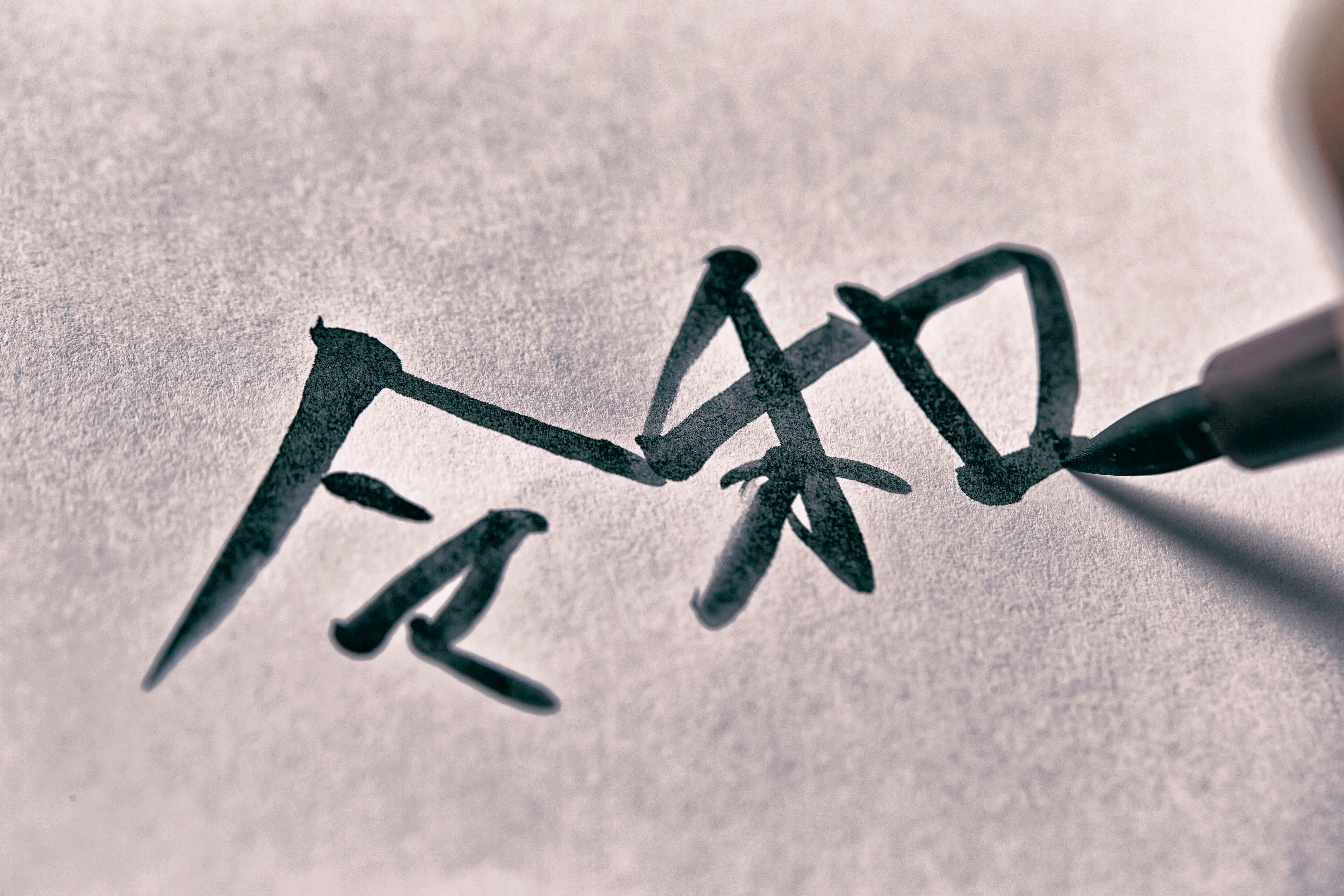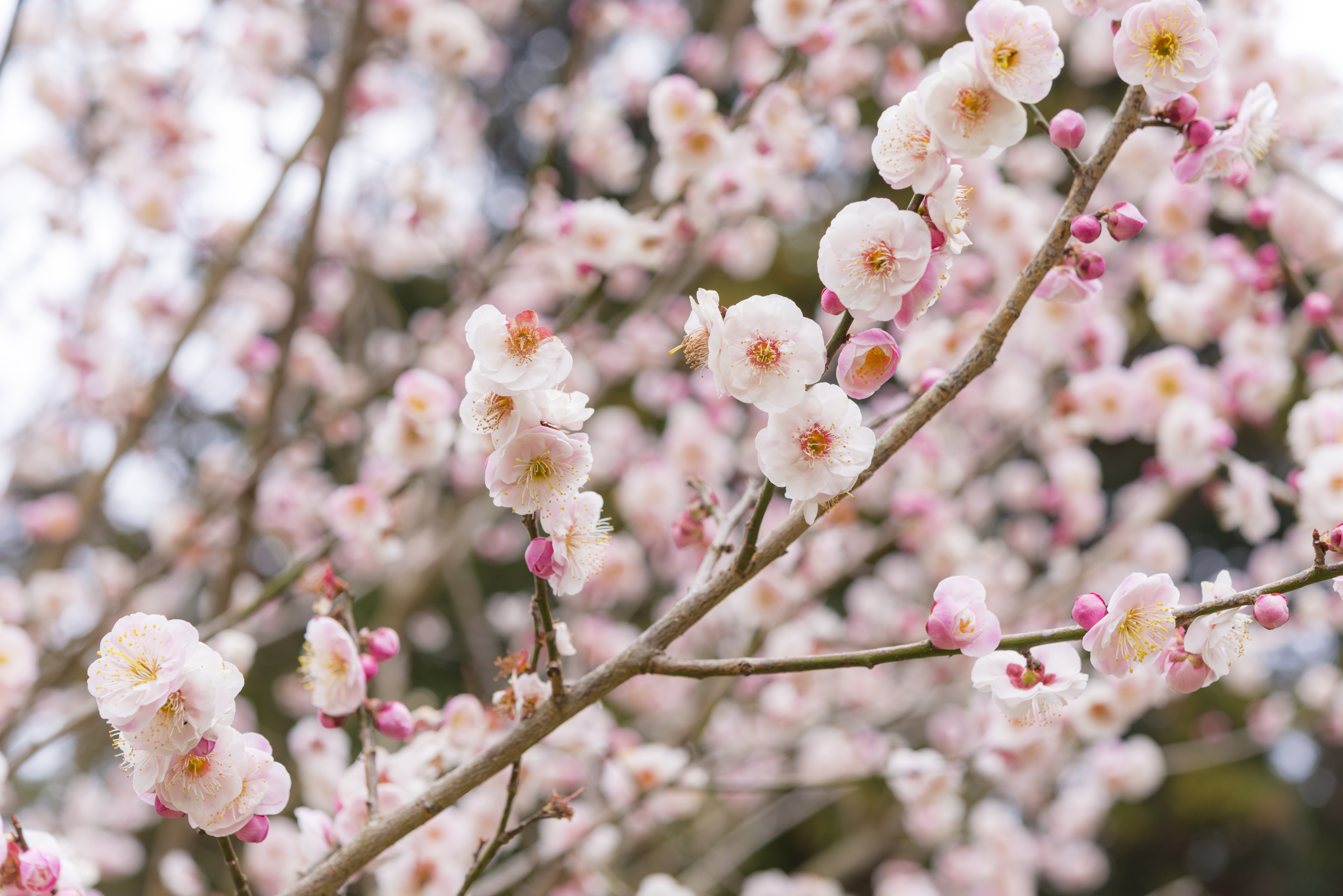
(The announcement of the new era name made the headlines of the Asahi Shimbun. Image: Shutterstock/StreetVJ)
On April 1, 2019, Japan revealed the name of its next imperial era to be 令和 (Reiwa), which will begin on May 1, 2019, when Crown Prince Naruhito takes the throne. While many Japanese people dropped everything to celebrate this momentous occasion, the announcement was met with puzzlement elsewhere in the world.
So what exactly is an era? And what does it mean for your Japanese language learning? Read on to find out!
What Is an Era?
Since 645 AD, Japan has used a unique official dating system known as 元号 (gengō, sometimes also called 年号 (nengō)). Years are numbered within eras, which are named by the reigning emperor (with the help of his court officials or, nowadays, Japan’s cabinet).
An era begins when a new emperor ascends to the throne and ends with his death or abdication. Prior to the Meiji Era, emperors could also declare a new era whenever a major event occurred, but since 1868, each emperor’s reign has corresponded to exactly one era. To date, there have been 248 eras in total.
Currently, it is the 31st year of the Heisei Era, which began in 1989 after Emperor Akihito took the throne. That can be written like this:
- 平成31年 (Heisei 31 nen)
Japanese era names are sometimes abbreviated by writing the first kanji or the first letter of its English name and the year number, like this:
- 平31
- H31
When Emperor Akihito abdicates on April 30th, May 1st will mark the 1st year (元年 gannen) of the Reiwa Era.
What Happens If the Emperor Abdicates Halfway Through the Year?
In the now-defunct Chinese system on which gengō is based, the era name was updated the year following the emperor’s death. Japan does it a little differently. The first year of an era begins immediately upon the new emperor’s accession and ends on December 31. Subsequent years follow the Gregorian calendar. Since Emperor Akihito will abdicate midway through the year, 2019 will be known as both Heisei 31 and Reiwa 1.
Which System Is More Commonly Used in Japan?
Official documents like newspapers and driving licenses typically require the use of gengō. It is also used to denote the year money was minted. In fact, the new era name was announced one month in advance to give companies and government offices enough time to incorporate the new era name into paperwork and computer systems. However, many Japanese people prefer to use the Western calendar (西暦 seireki) in conversation and non-official contexts, especially as Japan’s economy has become so intertwined with the global economy.
It’s common to see both side-by-side, with one or the other in parentheses. According to a recent newspaper poll, 34% of Japanese people use gengō in daily life, 34% use both gengō and the Western system, and a quarter use only the Western system.
How Are Era Names Chosen?

(Image: Shutterstock/mnimage)
In centuries past, court officials would determine the gengō within 1-2 years of the new emperor’s ascension to the throne. There were few rules, except that an era name could not be used more than once. Typically, kanji were chosen for their auspicious meaning, like 明 (bright), 永 (eternity), 寿 (longevity), and 和 (peace).
In modern times, since gengō is used by all Japanese people on a daily basis and not just by a few educated elite, rules have been established to guide the naming process.
- The era name must contain two kanji. In the past, some era names contained as many as four.
- The kanji must be easy to write and pronounce.
- The era name cannot be in common use (in surnames, company names, place names, etc.) or have been used in a previous combination.
- The meaning of the kanji should reflect the ideals of the nation, which means no negative or unlucky characters.
- Since the first letter in English is often used as an abbreviation (e.g. H31), the new era name can’t start with the same letter as any prior era names since the Meiji Era, to avoid confusion.
Names are suggested to a panel of experts from various fields, who then narrow down the list of nominations during top secret discussions. The final decision is made by Japan’s cabinet, not the emperor.
What Does Reiwa Mean?

(Image: Shutterstock/Kai Keisuke)
When the new era name was announced, many Japanese people were surprised by the choice. 和 (wa) means ‘harmony’, ‘peace’, ‘soften’, and ‘Japan’. 令 (rei), on the other hand, means ‘order’, ‘command’, and ‘decree’ in common usage--for many Japanese people, the first word that springs to mind when they see 令 is 命令 (meirei, an order from a superior). In fact, 令 was rejected in the past because of its authoritative and militaristic connotations; this is the first time it has ever been used in an era name.
However, both kanji were drawn from a line from a poem in the Man'yōshū (万葉集), the oldest existing anthology of Japanese poetry.
Original Manyoshu Text: 于時、初春令月、氣淑風和、梅披鏡前之粉、蘭薫珮後之香。
Classical Japanese Translation: 初春の令月にして、気淑く風和らぎ、梅は鏡前の粉を披き、蘭は珮後の香を薫らす
Sho shun no rei getsu ni shi te、ki yo ku kaze yawaragi、ume wa kyō zen no ko o hira ki、ran wa hai go no kō o kaorasu.
English Translation:
It was in new spring, in a fair month,
When the air was clear and the wind a gentle breeze.
Plum flowers blossomed a beauty's charming white
And the fragrance of the orchids was their sweet perfume.
In the original context, 令 referred to 令月 (reigetsu), or ‘fair or auspicious month’, while 和 described the peacefulness of an early spring breeze. So “beautiful harmony,” the English-language translation of 令和 provided by the Japan Foreign Ministry, makes a little more sense.
What do you think about the new era name? Is it fitting? Let us know in the comments! And if you’re interested in learning more about ancient Japanese poetry, check out Laurel Rasplica Rodd and Mary Catherine Henkenius’ masterful translation of the Kokinshū.


Comments